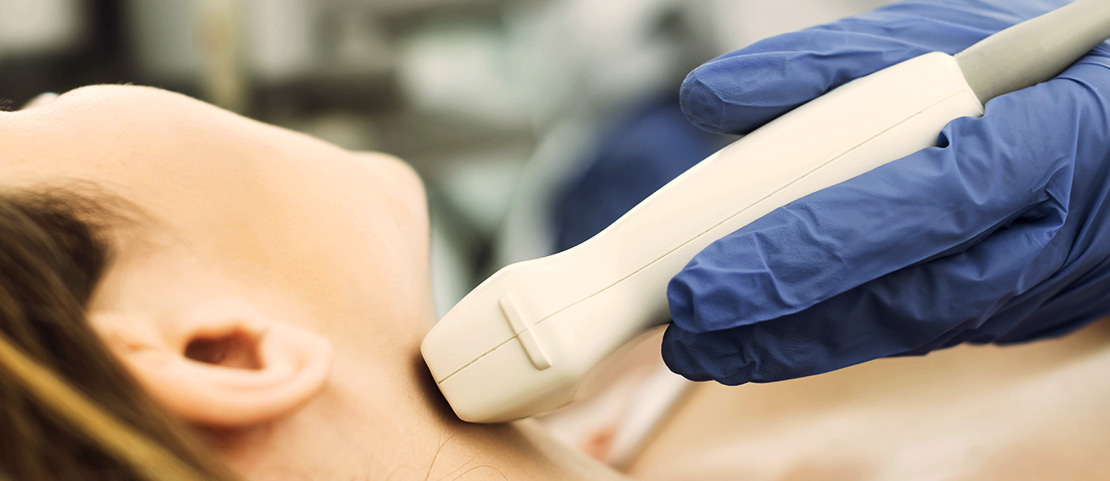

Point of Care Ultrasound: 2 Years On
In July 2018 I wrote about the part that point of care ultrasound (POCUS) would play in the future of the imaging market. I’m not sure where two years have gone, but since then the companies, personnel and their technology have evolved considerably.
At this point it’s worth making a distinction. I’m focusing on handheld POCUS systems, those that can fit in your pocket. Think GE’s Vscan and Philips’ Lumify rather than Sonosite’s POCUS portfolio.
Back then, I was arguing for the value of handheld POCUS. In early 2020 that realisation was widespread as adoption was increasing even before the COVID-19 pandemic, during which demand for the technology has accelerated even further.
When it comes to talking points in the space, the debate around POCUS has shifted. Image quality, data storage and workflow are the issues which dominate from a product perspective and there are some brilliant companies taking interesting approaches to address these challenges. Beyond that, the elephant in the room remains – how can you make money selling devices at approximately $2,000, as is the case with Butterfly Network? In Butterfly’s case you need to move a lot of $2,000 IQ’s to justify a valuation of over $1 billion.
Three of the companies I covered in 2018 continue to make real inroads in growing both their business and the market as a whole; the aforementioned Butterfly Network, Clarius and EchoNous. I’ve also taken a look at two Silicon Valley start-ups eyeing a piece of the POCUS pie – Exo (pronounced echo) and Vave Health.
After conversations with representatives from the companies and wider industry figures; here’s the updated lowdown on the companies set to dominate the future of the handheld POCUS market.
Butterfly Network

Butterfly’s ambition to democratise ultrasound has taken hold over the last two years. Off the back of receiving CE Mark they have boots on the ground in UK and Germany and further afield in ANZ. Expect to see that reach expand even further now that regulatory approval has been acquired in both Argentina and Canada.
Personnel additions include Jan Grimm and Laurent Faracci who have now taken over as CRO and CEO respectively. Their collective insight from time spent at Cerner and RB hint at the areas Butterfly are focusing on moving forwards. Grimm’s experience leads us to believe that Butterfly will have a renewed focus on the product’s integration into hospital workflows, whilst Faracci’s time spent on “self-care” at RB suggests that Butterfly will look to shift real volume to the home market under his stewardship. Whilst Butterfly are rooted in the hospital right now, the possibility of blurring the lines between hospital and home is coming, especially with the company’s recent TeleGuidance announcement.
Since 2018 Butterfly have blazed a trail in the POCUS space. The company have done an outstanding job marketing themselves and exposing the role POCUS can play in healthcare. Ultimately Butterfly have grown the entirety of the market, not just their place in it, which has also provided a boost to the other companies included here.
Clarius
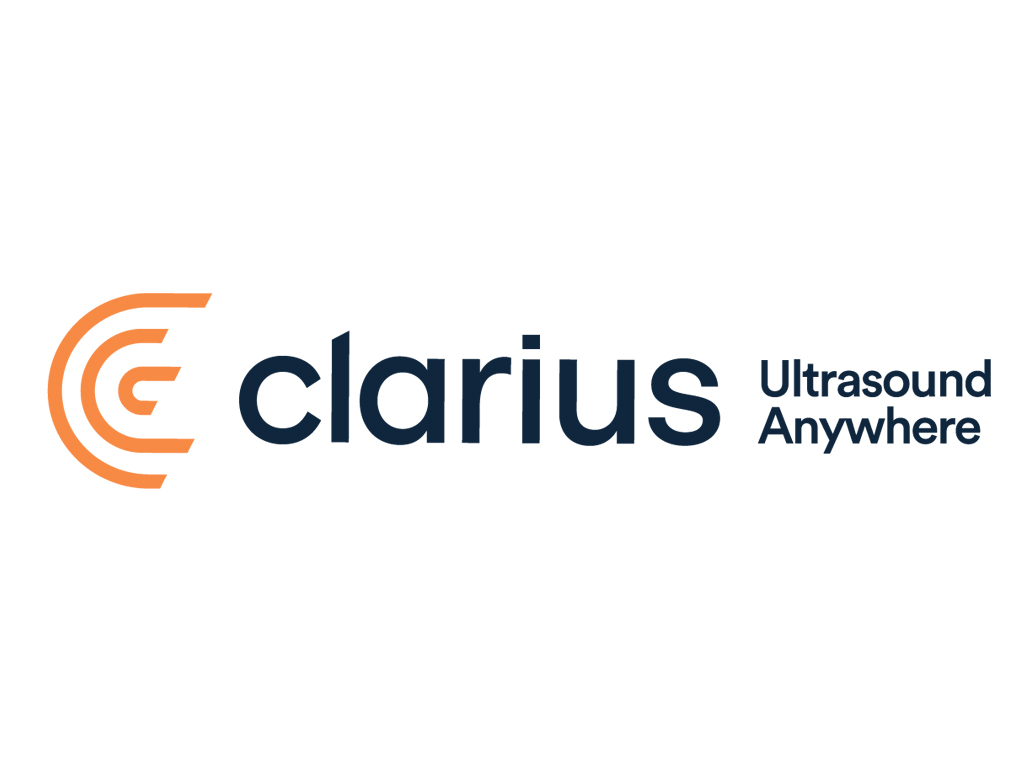
One of the companies benefitting from that increased market size are Clarius, who have been established on both sides of the Atlantic for longer than Butterfly. Representatives I have spoken to are excited about the high quality of their images and cheaper long-term costs, which have allowed them to drastically increase sales over the last six months. No doubt accelerated by COVID-19, they received their biggest ever bulk order in the US this year.
Like Butterfly, Clarius have also employed a direct-to-consumer E-commerce model but it remains to be seen if their growth can keep-up with their rivals, especially when the competition, both historic and new, have much deeper pockets. Clarius possess some really innovative features but without the finances to scale they run the risk of losing their first-mover advantage.
EchoNous
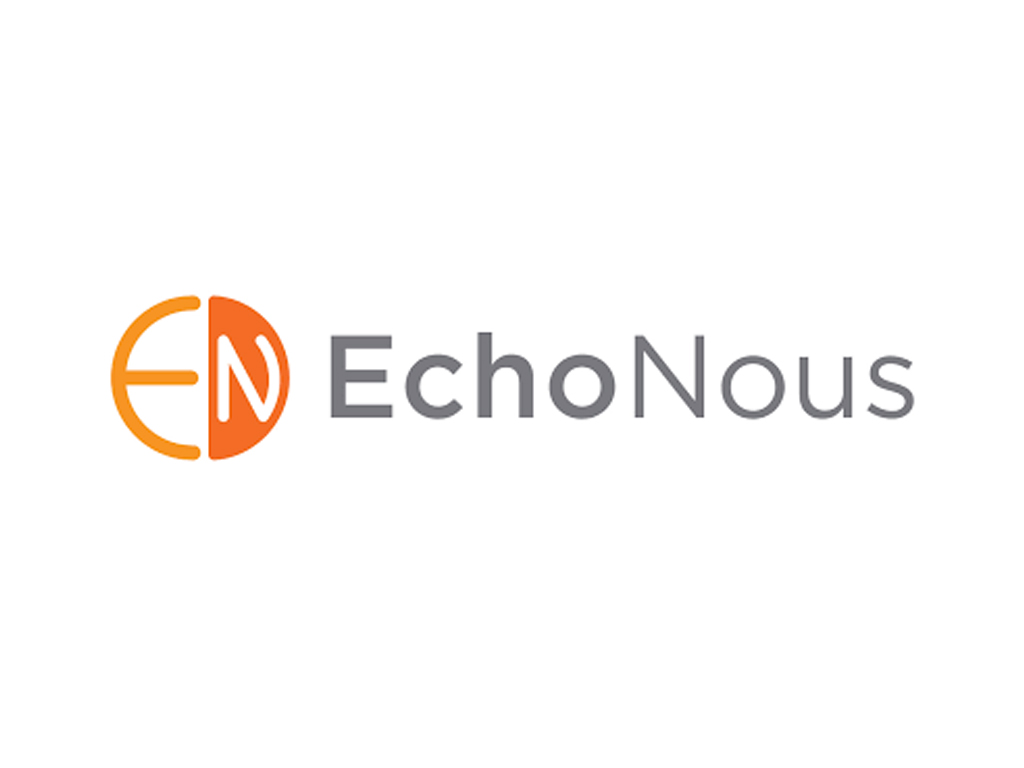
Led by POCUS pioneer Kevin Goodwin, EchoNous have a key advantage over their rivals. Their $10,000 KOSMOS device is the only one which can provide the same image quality normally provided by $60,000 ultrasound machines.
Whereas a Clarius or Butterfly scan can rule out certain indications and provide insight on the required follow-up, EchoNous’ KOSMOS system allows physicians to make a definitive diagnosis at the bed side. They also incorporate deep learning technology to automate labeling, image grading and acquisition guidance. Their aim is to become the “ultimate cardiothoracic assessment tool” with ejection fraction and ECG tools designed to ensure KOSMOS has a place next to every hospital bed. With their own tablet device incorporated, they avoid some of the security and data protection issues caused by using a personal device for diagnosis in the hospital.
A recent 40-unit sale to John Hopkins hints at their potential. They have a laser focus on the hospital market and with Goodwin’s track record they are one to watch.
Vave Health
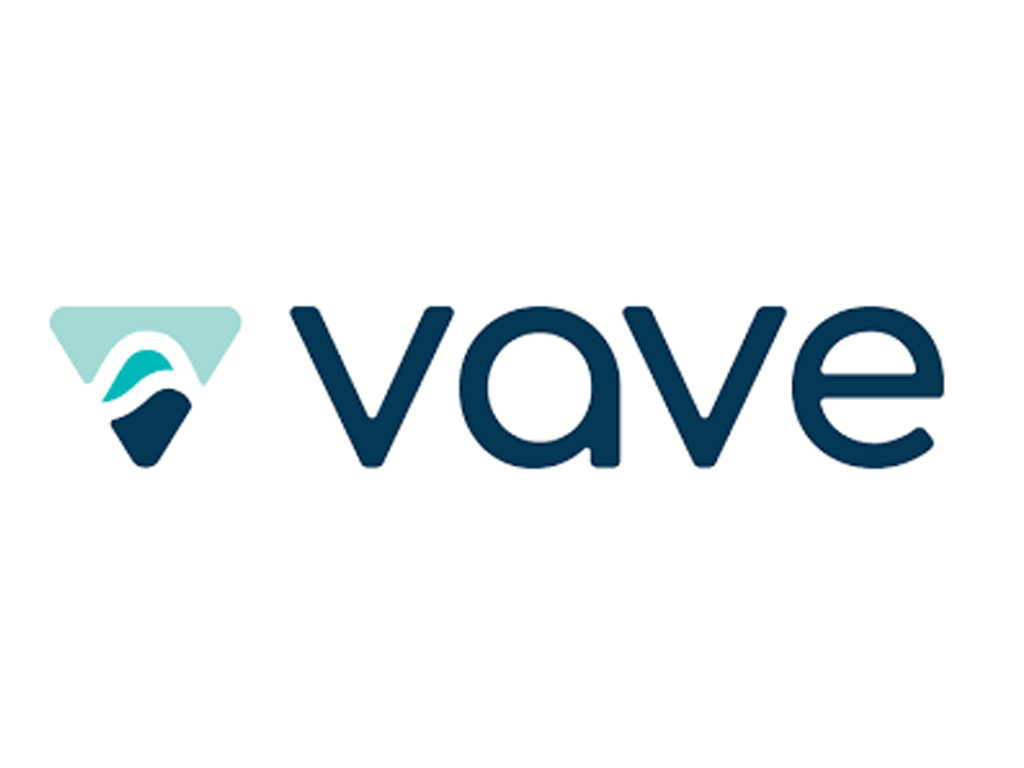
One of the new kids on the block, Silicon Valley’s Vave are the brainchild of Stanford luminary Amin Nikoozadeh. Vave combine what they claim to be a superior image quality, wireless probe technology and collaboration tools with competitive pricing and interesting options for consumers, such as Vave Refresh™ which allows owners to upgrade every two years, effectively ‘futureproofing’ their device.
These factors could see them take up market share from end-users who might want to dip their proverbial toe into the world of handheld POCUS without a hefty price tag or, in some cases, take out an annual subscription. As with others, the key test will be how quickly they can develop the necessary enterprise sales. Jay Lenick presides over global sales and his appointment after seven years at GE is a real coup, as is the addition of Ash Dhar as Head of Product who helped launch GE’s Venue.
Exo
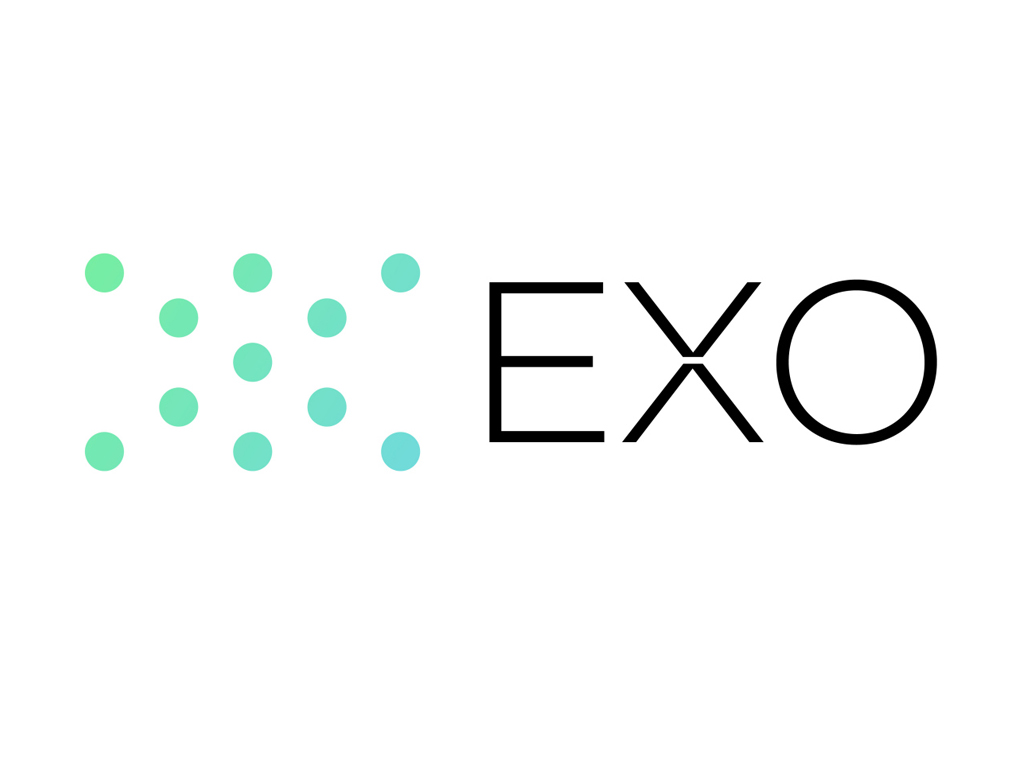
Having been in stealth mode for much of 2019, Exo burst on to the scene with $35m in Series B funding last August. Along the way, they’ve created a formidable leadership team. Notable additions on the commercial side include GE POCUS Alumni Andy Berthusen, Greg Miller and Jeffery Peiffer and Siemens product expert Kutay Ustuner. The appointment of Simon Prakash (with no prior ultrasound experience) is perhaps the most intriguing. With time spent at AliveCor, Apple and Google his expertise in bringing consumer-friendly FDA products to market indicates that Exo could, like Butterfly, be looking at the wider adoption of their products outside of the traditional hospital market.
Currently navigating their way through FDA approval, we can expect to see a focus on ensuring seamless integration into the workflow and a collaborative platform approach, perhaps akin to what we are currently seeing from NanoX, who I wrote about late last year.
Two years on, these are the companies to watch for in wireless POCUS. In a rapidly expanding market, I think we’ll be seeing a lot more of all these companies in the next 24 months. I’ll be following Butterfly and Exo’s moves in the home market and EchoNous’ moves in the hospital space with particular interest.
EchoNous have lofty ambitions, saying that they aim to have their equipment at every hospital bedside. So, when we look back in another 24 months, the conversation could have shifted once again. Maybe now the next question we should ask is, could POCUS become as ubiquitous in hospitals as the stethoscope?
Do you have anything you’d like to discuss from this article? Are there any companies I may have missed, or a particular area of imaging you’re excited about? Get in touch with me at cameron.ramsden@medical-cm.com.
Recommended.

What Does Consumer Neurotech Innovation Mean for the Medical Device Industry?
Integrating systems into the human brain to control our everyday devices may seem very ‘Black Mirror’, but thanks to modern neurotechnology it's quickly becoming reality. Click to find out more.

How to Master Reimbursement in Medical Devices & Biotech.
In this live webinar, hosted by CM Medical, we went in search of expert reimbursement advice - speaking to Deborah Rizzi and Steven Haken of Odelle Technology.
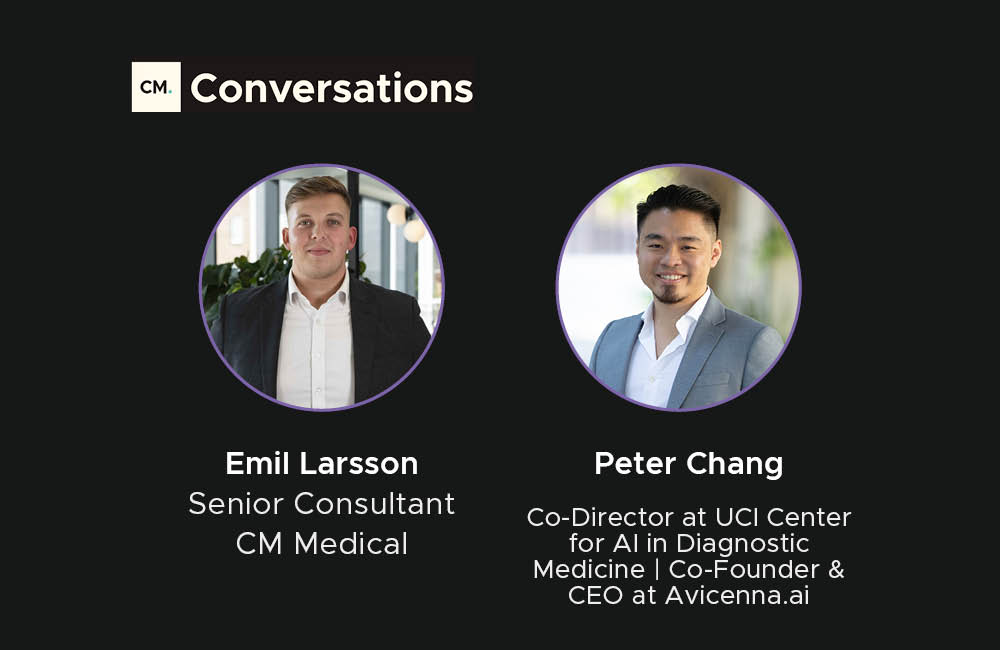
How to Stand Out in a Saturated AI & Medical Imaging Market.
We asked an expert at an innovative medical imaging start-up about how they had overcome this challenge. Click now and listen to what they said.
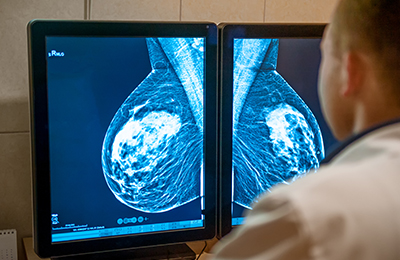
Comments.